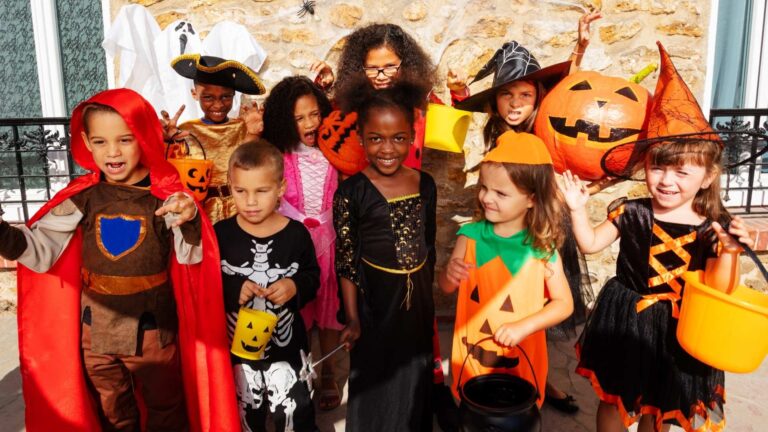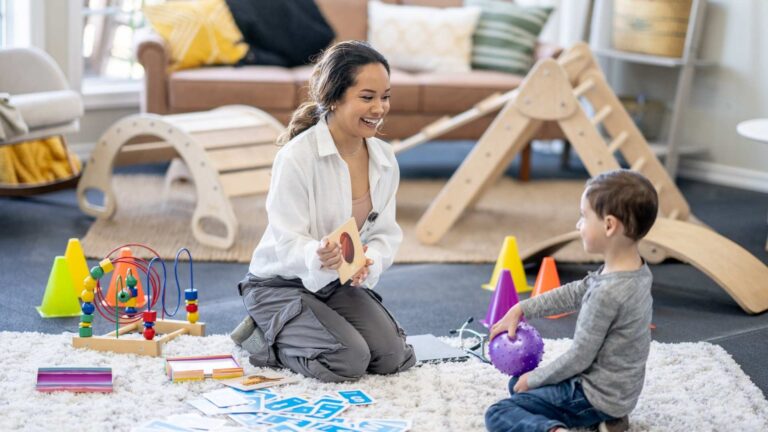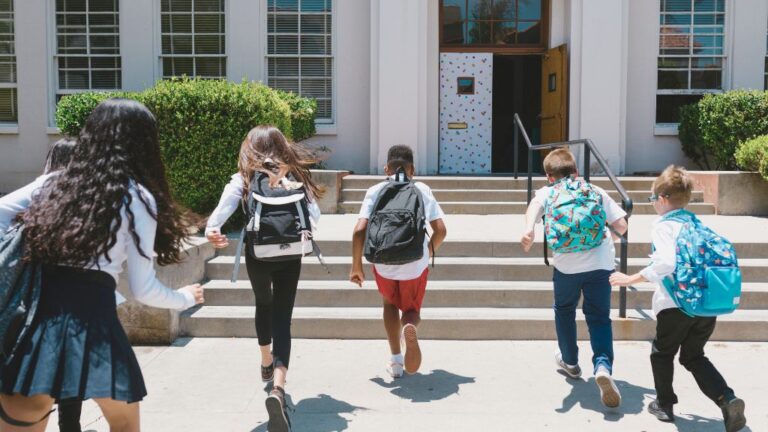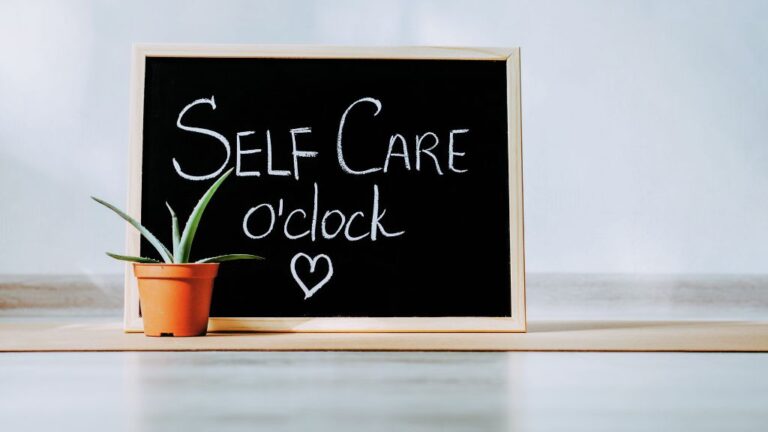Table of Contents
How to prepare for Halloween with a child with autism?
It’s a question many parents ask as the season of costumes, candy, and community fun approaches. While Halloween can be magical, families navigating autism and Halloween often face unique challenges. Flashing lights, unexpected noises, and crowded sidewalks are some of the things that can quickly make the sensory experience overwhelming.
The good news is that with the proper preparation, tools, and mindset, families can create a sensory-friendly Halloween that feels safe, joyful, and inclusive. In this blog by ABA Centers of Connecticut, we’ll explore practical strategies to help make Halloween a positive experience for everyone.
Understanding Autism and Halloween: Why Sensory-Friendly Matters
Halloween is a holiday built around sensory experiences: glowing jack-o’-lanterns, loud decorations, crowded sidewalks, costumes with itchy fabrics, and surprises at every door. For children with autism, these elements can trigger sensory overload, a state where the brain struggles to process too much input at once.
According to Autism Parenting Magazine, children with autism often have heightened sensitivity to sounds, textures, and lights. Even a simple detail, like a scratchy costume tag, can feel unbearable. Another research in MDPI also highlights how sensory sensitivities directly impact participation in social events, making it harder for children to enjoy activities like trick-or-treating.
Sensory-friendly Halloween planning matters. By understanding sensory triggers and preparing for them in advance, families can turn what might be overwhelming into an inclusive and enjoyable experience.
Planning and Preparing: Reducing Surprises and Overload
One of the most effective ways to support children during Halloween is to plan. Surprises are part of the holiday’s magic, but for children with autism, unpredictability can heighten stress.
- Preview the environment: Walk around your neighborhood during the day to show your child where they’ll be trick-or-treating. Familiarity reduces anxiety.
- Social stories: These short, illustrated guides help children know what to expect. They can include pictures of houses, costumes, or candy bowls to explain the flow of the evening.
- Practice with costumes and routes: Let your child try on their outfit several times before Halloween. You can also do a “mini trick-or-treat rehearsal” at home to build confidence.
If your community offers preparatory events, such as daytime Halloween walks or sensory-friendly meetups, these can be an excellent stepping stone for the season. In Connecticut, for example, inclusive fall festivals and family-friendly gatherings often provide calmer alternatives to traditional trick-or-treating.
Sensory-Friendly Costume and Accessory Ideas
Costumes are often one of the most significant stressors for children with autism. While fun in theory, they can come with itchy fabrics, tight seams, or overwhelming accessories. But with a bit of creativity, costumes can be both festive and comfortable.
- Go tag-less: Choose soft, breathable fabrics and remove tags or seams that irritate.
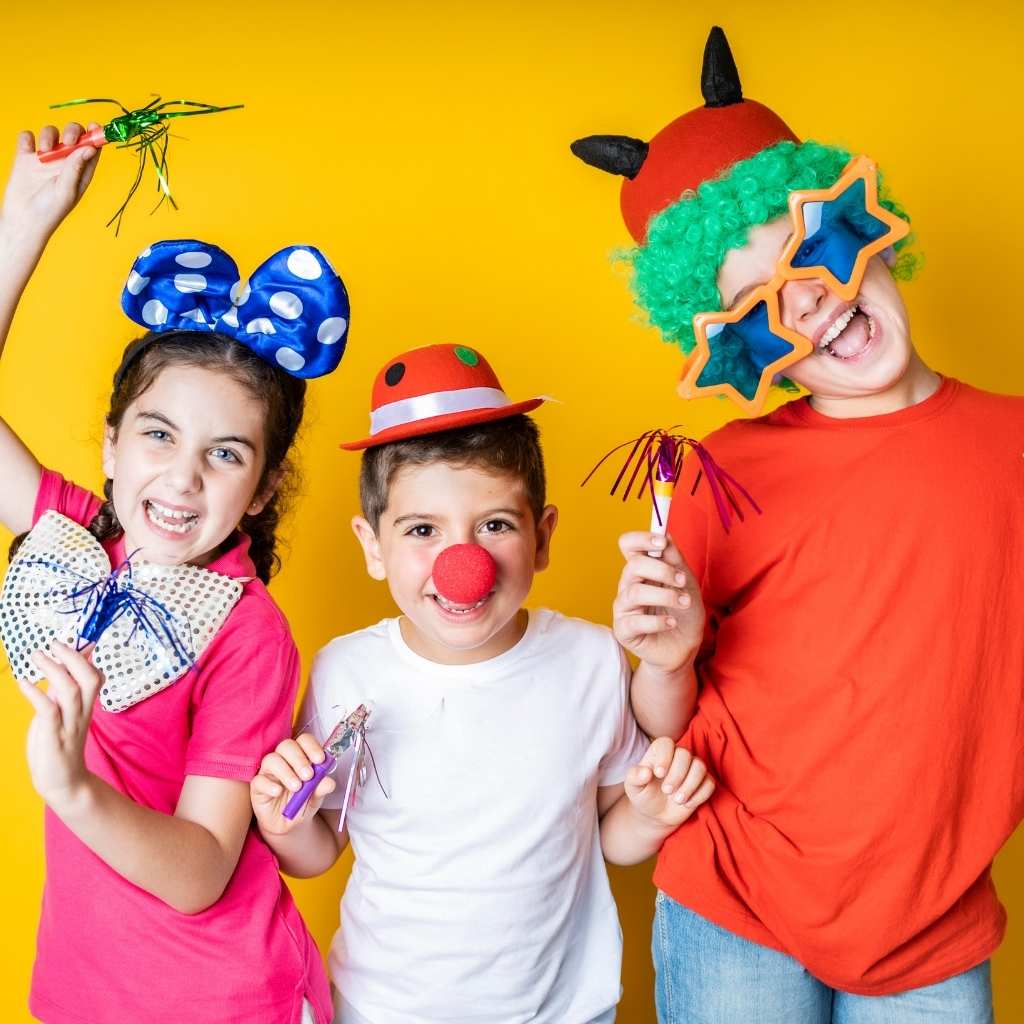
- Everyday adaptations: If your child loves superheroes, consider a themed T-shirt with leggings instead of a full costume. Pajamas with character designs are also a great option.
- Weighted or cooling options: Some children feel grounded in weighted vests or prefer costumes with fans to avoid overheating.
- Supportive accessories: Noise-canceling headphones disguised as part of the costume (like pilot gear or DJ headphones) can reduce sound overload.
According to the National Autistic Society, small changes in clothing or environment can make a significant difference in managing sensory stress.
Creative Trick-or-Treating Options for Sensory-Friendly Halloween
Traditional trick-or-treating isn’t the only way to celebrate. Parents can explore sensory-friendly Halloween alternatives that give children the joy of the holiday without the overwhelm.
- Indoor trunk-or-treat events: Many community centers and churches host calmer indoor events where kids collect candy from decorated car trunks.
- Drive-through celebrations: These became popular during the pandemic and remain a great low-stress option.
- Community sensory-friendly nights: Some neighborhoods organize early, quieter trick-or-treating hours to support children with autism and other sensory needs.
Families in Connecticut may also find inclusive events where local businesses open their doors for a less stimulating version of trick-or-treating, ensuring all kids feel welcome. Parents can also host at-home Halloween parties with friends and family—complete with decorations, games, and candy swaps—tailored to their child’s comfort.
Calming Strategies to Use on the Go
Even with planning, moments of overwhelm may happen, and that’s part of the challenges faced by neurodiverse families. Having a sensory toolkit ready can help children navigate Halloween in real time.
- Portable comfort items: Fidget toys, chewable jewelry, or small weighted lap pads can offer grounding.
- Noise management: Noise-canceling headphones or earplugs can soften sudden sounds.
- Communication tools: Visual schedules, picture cards, or pre-practiced phrases help children express when they need a break.
- Escape plan: Always have a clear option for leaving early. Sometimes, a short but positive experience is better than pushing through stress.
At ABA Centers of Connecticut, Registered Behavior Technicians (RBTs) often work with families on these types of proactive strategies. Whether through Applied Behavior Analysis (ABA) therapy or early intervention programs, professionals can teach children coping skills that extend beyond Halloween and into everyday life.
The Role of ABA Therapy and Early Intervention
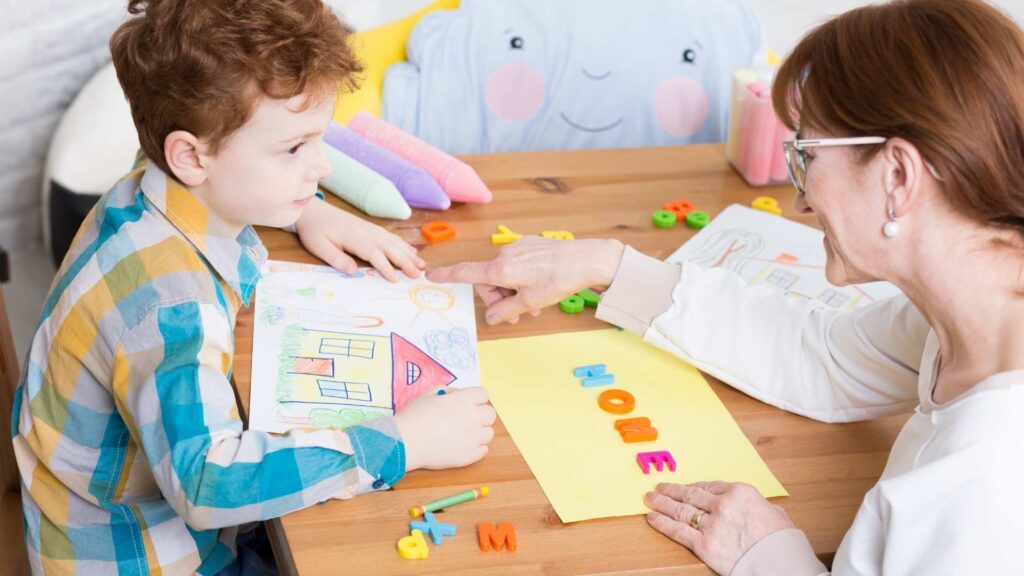
Supporting a child with autism during holidays like Halloween is not just about the event itself; it’s about building skills that help them thrive year-round. ABA therapy is one of the most effective, research-backed approaches for children and teens with autism. It focuses on:
- Communication development: Helping children express needs and reduce frustration.
- Daily living skills: Practicing routines like dressing, transitions, and social interactions.
- Behavioral strategies: Teaching positive alternatives to manage stress and avoid meltdowns.
Early intervention plays a crucial role in helping children learn these skills during their most formative years. With professional support, families gain confidence, and children gain independence.
Making Autism and Halloween Joyful for Neurodivergent Infancies
It’s totally normal for families to be worried about Halloween when there’s a child with sensory needs. The answer lies in preparation, flexibility, and understanding. A sensory-friendly Halloween is about adapting traditions, so children feel included, safe, and celebrated. By planning, choosing comfortable costumes, exploring creative alternatives, and using calming strategies, families can transform the holiday into a positive memory.
If you’re looking for additional support, ABA Centers of Connecticut can help. Our team of compassionate and dedicated professionals provides diagnostic assessments, early intervention, and ABA therapy tailored to each child.
Reach out to our team by calling us at (844) 395-0448 or schedule a free consultation by clicking here.
Together, we can make every celebration, including Halloween, a step toward growth, joy, and inclusion.

